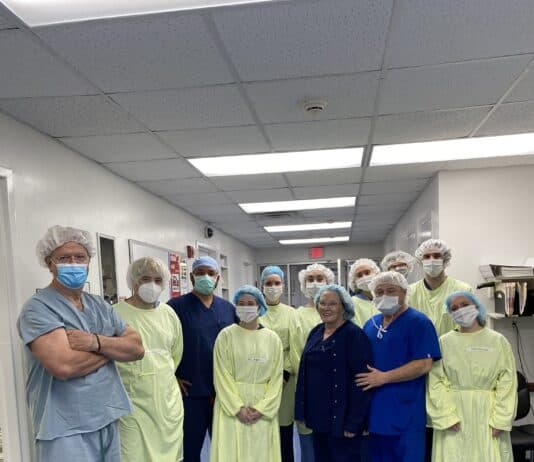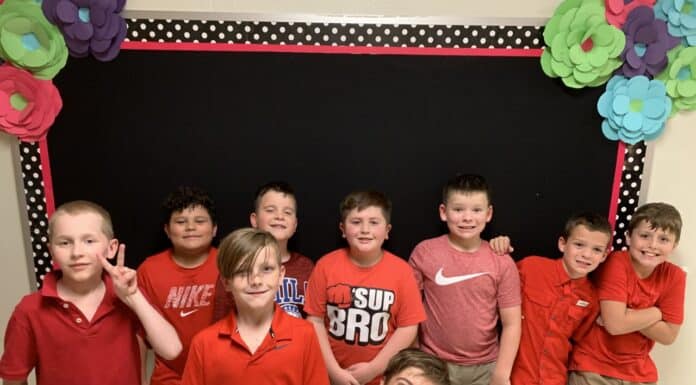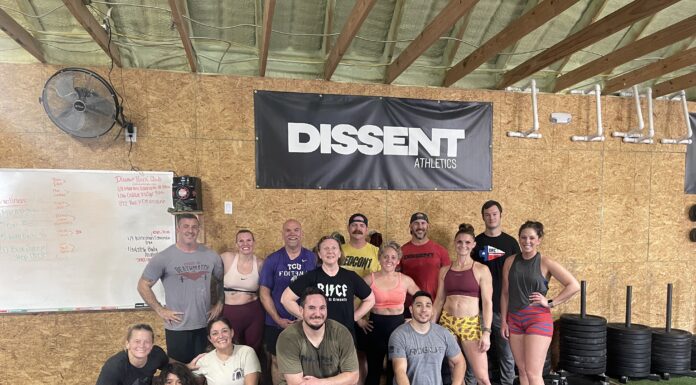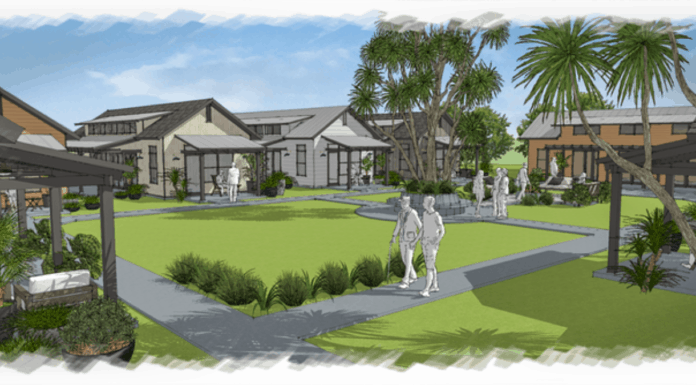?This article reprinted from the Corsicana Daily Sun.?
?By Janet JacobsCorsicana Daily Sun?
Corsicana ? The biggest pipeline coming through Navarro County isn?t for oil or gas, it?s a 150-mile-long water pipeline big enough to drive a car through.The Integrated Pipeline Project (IPL) is a Tarrant Regional Water District project worth about $2.3 billion and which will take about 20 years to complete. It starts next year in Navarro County.?The nine-foot diameter pipe will supply 350 million gallons of water a day to the Dallas-Fort Worth Metroplex, and is actually a joint project between the City of Dallas and Tarrant Regional. {{more}}??We?ll be connecting water supply sources from Lake Palestine, which was built in the 1950s, as well as a Cedar Creek and Richland Chambers,? explained Kathy Berek, program manager. ?It will basically connect those three water supplies and go about 150 miles to reservoirs around the Metroplex.??It?s a matter of shifting water around North Texas, basically from the larger rural lakes to smaller lakes near the Metroplex. The pipeline developers are also working with smaller water supply corporations along the line, for example, Lake Bardwell and Lake Waxahachie.?The first section to be built is in Navarro, and it?s the middle section between Cedar Creek and Kennedale.??We?re starting with the main combined middle section,? Berek said. It will connect to Cedar Creek around the year 2020, she said.?The next Navarro County part of the project will come towards the end around the year 2025, when it connects to Richland Chambers Reservoir.??Depending on the weather, conservation and population growth, it could be extended beyond 2025,? Berek said. ?As we get into these drought situations, there is pumping water to different locations where people are. That has some bearing on the project, too.??It?s a significant excavation project because it has to be at least five feet deep, and since the pipe itself is 108 inches across, that means a 15-foot deep trench that?s nearly as wide.?Most of the benefits to the areas along the route, like Navarro County, are going to be in the jobs created. Because IPL is a government project, it won?t pay property taxes or boost appraisal values within the county. As a governmental entity, they also have the right of imminent domain, which means it can legally take right-of-way property so long as they reimburse the property owners a fair market value.?The majority of the expense for the $2 billion project will be in pipe, of course, but local companies, workers and even non-profit partners are being sought for the course of the project, Berek said.
?We?re working with the Corsicana and Navarro County Chamber of Commerce, looking to find local companies,? she said. ?We had an event up in the Metroplex where several companies have attended, educating them on becoming diverse companies. And we?re working with Navarro College on their welding certification (program). We?ll have a great need for welders and they have a great program here.??As the start date for construction begins in 2014, the IPL managers intend to host a local job fair, she said. The types of workers they?ll need include welders, pipe layers, and diggers, as well as people who can work security, cleaning, clearing, grubbing, landscaping and trucking. They?re also looking at laying fiber optic cable along the length of the pipe, Berek said.??We?ll also have data needs because we?ll have a pump station to the east, so we?re looking for opportunities to put fiber optic cable along the alignment.??The data highway could be shared with non-profits like churches, schools and cities that would be interested in higher speed internet, Berek said. ?We think there are some things we can help with locally, not only on the water side, but also on the data information systems side.?They can?t provide Internet access to farmers or private individuals along the route, but other uses are an option, Berek said.??But we could help with schools and governments or churches to help them connect to fiber optic cable,? she said. ?It?s nice to have that connection and it helps us monitor our facilities so we?ll have it there anyway. We?re looking to be a good neighbor.??Among the various pipeline projects ? oil, gas, and water ? proposed for Navarro County, this is the largest, said Phil Seely, planning and zoning director for the county.??It?s going to tie into the pipeline they already have in different places, with booster stations where it ties in,? Seely said. ?It?s going to be a good opportunity for local contractors to pick up pieces of this project. They may not get a $100 million contract, but there are plenty of people around here who could do smaller parts. The potential of this for us is big. It?s very exciting to think about.??






































